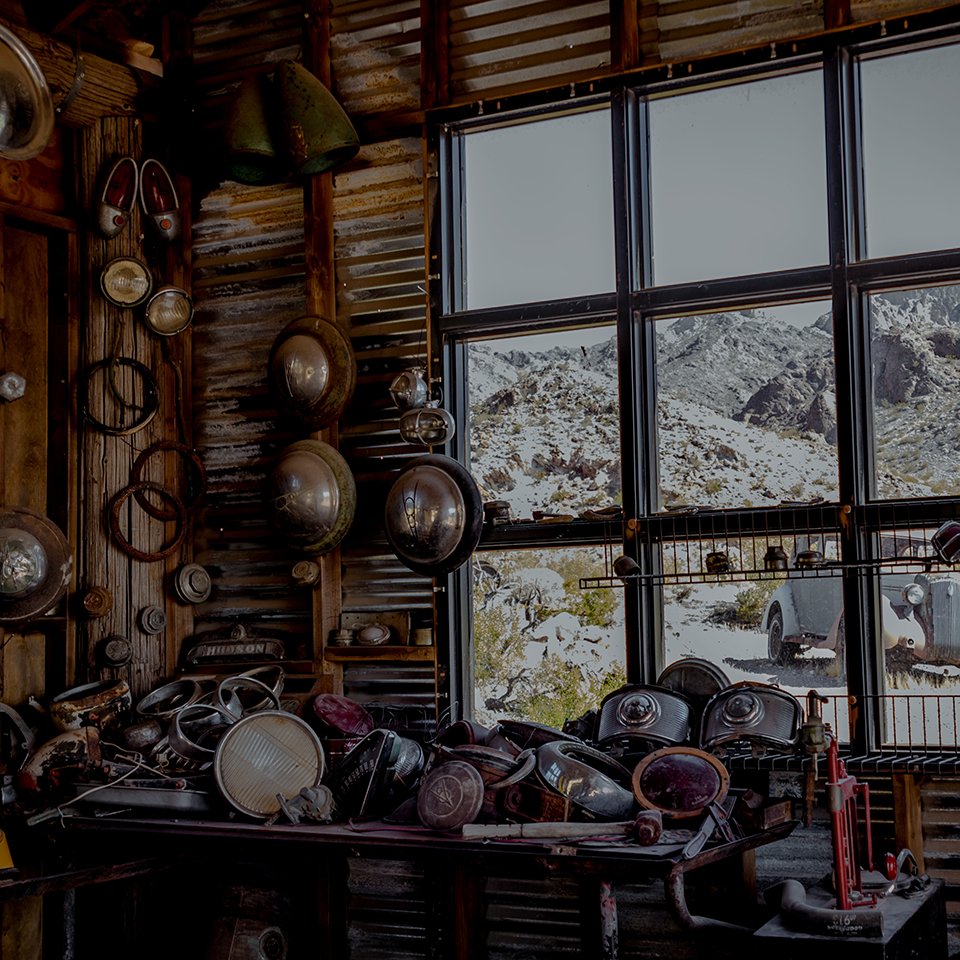Hope is the thing with feathers
That perches in the soul,
And sings the tune without the words,
And never stops at all. ―Emily Dickinson
Today, in the first reading from Mass, the verb “will” is repeated seventeen times. I recommend you take a few moments now and read it with new awareness.
In this sacred Advent season, God continues to invite us to cast ourselves into his absolute future and set anchor there. In God’s future, nothing handed over by us to him is ever wasted. I find that thought profoundly hopeful.
When I lived in Maryland in the late 1980s, I went with some friends to Baltimore to sightsee. While we were walking in what I think was the central business district, I caught sight of a shop sign that captured my attention: Trash to Treasure. I went inside and discovered a wonderland of wild-looking artwork. When one of the employees asked me if I needed any help, I asked her where all of this art came from. She said, “Well, we take people’s trash. Anything. A rusty muffler, a banana peel, broken glasses. Whatever. And we will transform it into a work of art, or at least what our artisans see as the beauty waiting to be revealed. It goes from trash to treasure. Our hope is to make a larger statement about life—nothing, no one is beyond hope. That’s the point of art, to give us new vision.”
Over the years, I have thought often about this store and that woman’s words. Transforming trash to treasure is the work of Christ. He transforms our ruins into an imperishable, beautiful kingdom. Mostly imperceptibly.
And opportunities for Christ the artisan abound. Our lives leave vast ruins behind. Each day is littered with trash. Every incompletion and imperfection. Failure. Humdrum drudgery. Exhaustion. Sickness. Numberless insoluble and tragic difficulties. Jesus invites us into his store, invites us to risk the absurd. “Bring to me all your trash!” he cries out into the streets.
Each time we lift up our hearts to him and offer him what we have—a prayer, an act of repentance or trust, or bringing our alms and oblations to Holy Mass—God sets to work. And we wait. We trust. We anticipate. We imagine what he is making.
And here is the greatest beauty in all this. As we dream, as we choose again and again to embrace this vision, we become able to live this vision. And to live it is to give birth to a transfigured culture of hope, life, compassion, forgiveness, and love.
We who by faith embrace this mystery, we cease cursing darkness and instead choose to uncover the hidden lamp that illuminates a world of beauty waiting to be revealed.
